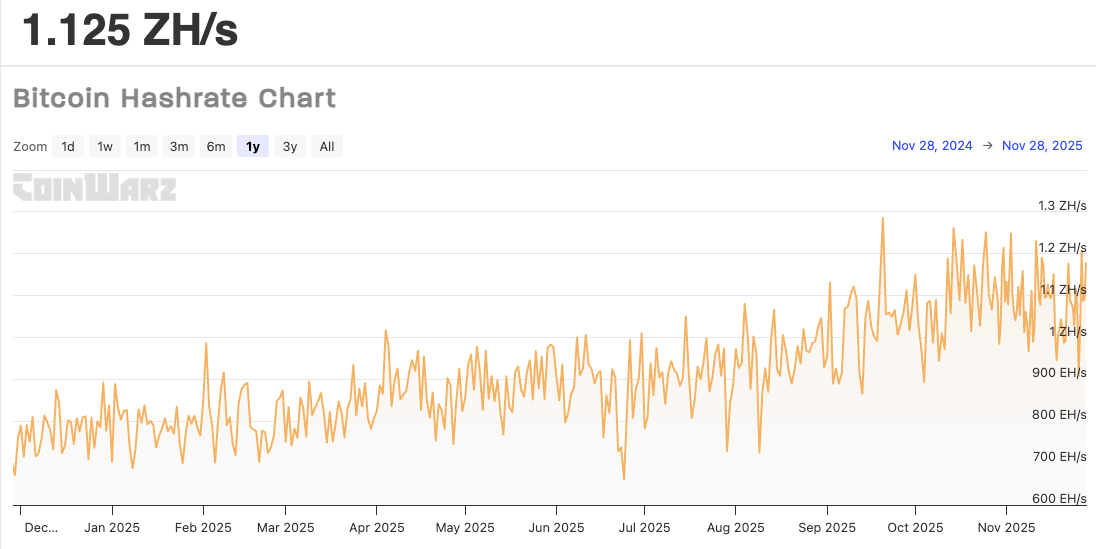Thirteen years ago today, Bitcoin experienced its first halving event, reducing the miner block reward from the original 50 BTC to 25 BTC.
Now, with Bitcoin (BTC) having completed four halving events and block rewards standing at just 3.125 BTC, the mining industry is continuing to transform, with industrial miners consolidating and diversifying into AI.
At the same time, a niche trend of solo mining is emerging, according to Bitfinex analysts who spoke to Cointelegraph.
“Despite the new spike in more industrial Bitcoin mining, we would like to underscore the new wave of solo miners and how hobbyist miners are coming back to the market, thanks to improvements in mining pools, efficiency gains and niche strategies,” the analysts said.
Bitcoin mining in 2024 versus 2025: Rising competition as output shrinks
Since last year, the Bitcoin mining market has grown significantly in scale, complexity and competitiveness, with the global hashrate surpassing the symbolic one zetahash per second (ZH/s) in August, according to CoinWarz data.
“This reflects both increased investment and the deployment of ultra-efficient mining hardware such as the Antminer S21 series,” Bitfinex analysts said. “In short, the Bitcoin mining market of 2025 is more industrialized, technologically advanced and geographically dispersed than it was in 2024, but also more competitive and volatile.”

Bitcoin hashrate chart from December 2024 to November 2025. Source: CoinWarz
Despite rising competition, mining output has declined over the past year. Bitcoin’s circulating supply added around 155,000 BTC between Nov. 27, 2024, and Nov. 27, 2025, down 37% from 245,000 BTC in the preceding year, according to Blockchain.com.
“2024 was already a tough year for miners,” Kristian Csepcsar, chief marketing officer at BTC mining tech provider Braiins, told Cointelegraph, adding that miners were deploying hardware at record speed.
Related: Bitcoin miner hashprice nearing $40, miners back in ‘survival mode’: Report
Still, even with higher BTC prices, the revenues continued to fall as the hash price — or miners’ returns earned per unit of hashpower — plummeted amid increasing mining competition, Csepcsar added.

Bitcoin hashprice index hit an all-time low at $34 on Nov. 21, 2025. Source: HashrateIndex.com
“2024 was difficult. Today is worse. Miners are in the most competitive environment the industry has ever seen, and nobody knows how long this will last,” Csepcsar said.
Solo and hobbyist mining back to the market
Despite intensifying industrial competition and rising costs, individual miners have not disappeared. Instead, they are re-entering the market, supported by varied improvements in mining pool technology, according to Bitfinex analysts.
“Tools such as CKPool — a solo-mining-friendly platform known for low latency — have helped make this practice more accessible,” the analysts said. The company also observed a viral social trend for “lottery wins” by solo miners, particularly those using efficient, low-noise mining devices at home.

Source: RedPandaMining
Hobbyist mining — not quite solo, but also not industrial — has seen a mini renaissance,” Bitfinex analysts said. The trend has been driven by the availability of efficient, low-cost ASICs, the use of off-peak electricity strategies, heat recycling methods, and firmware such as BraiinsOS, which allows miners to underclock devices for optimal efficiency.
Related: Tether confirms Uruguay Bitcoin mining exit amid high energy prices
“It is unlikely that these groups could take the hashrate lead in a capitulation scenario, as we are talking about normal users with limited hashrate available,” the analysts said.
In the event of significant capitulation from the largest miners, mid-size industrial operations would become the new major players, while solo miners and hobbyists would still be far behind them in terms of capacity, Bitfinex said, concluding:
“It is an interesting pattern, but it is far from competing with the larger and more industrial operators.”
Magazine: Koreans ‘pump’ alts after Upbit hack, China BTC mining surge: Asia Express


